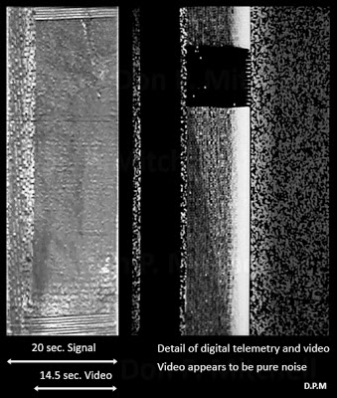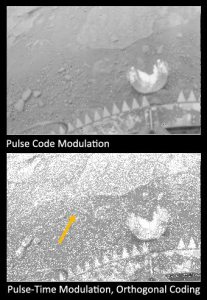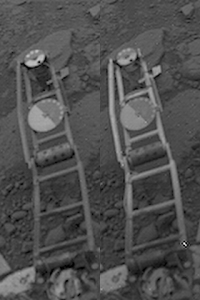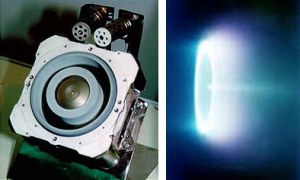How hard would it be to send a probe to a nearby star? I have yet to find a discussion of this problem that does not succumb to science fiction, antimatter, planet-sized lasers, etc. So let’s try to tackle this practically, assuming we just have nuclear fission as a power source.
I. The Relativistic Rocket Equation
Edwin Taylor and John Archibald Wheeler derived a relativistic form of Tsiolkovsky’s rocket equation in their 1963 book _Spacetime Physics_. The final velocity of a rocket is then given by:
(1) Boost = ExhaustVelocity * log( InitialMass / FinalMass )
(2) FinalVelocity = tanh( Boost )
II. Fission-Photon Drive
Let’s start with an extremely simple propulsion system, the Fission Flashlight:
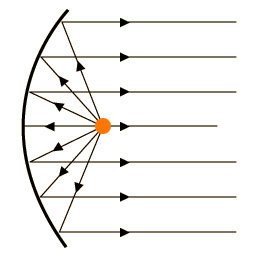 Fission-Flashlight Drive
Fission-Flashlight Drive
Let’s assume we take 100 kg of Uranium 235 and place it in a 2-meter spherical reactor. Let it achieve a temperature of 3100 kelvin (just below the melting point of UO2), and place this incandescent reactor at the focus of a light-weight parabolic reflector. This scheme converts mass into photons, so the Exhaust velocity is the speed of light. From the Stefan-Boltzmann law, we find the reactor core would radiate 70 megawatts for four years, giving a thrust of 0.23 Newtons (about 1/20 pounds).
The change is mass is 0.1 percent — the amount of mass turned into energy by nuclear fission. From the rocket equation, the final spacecraft velocity would be about 0.1 percent of the speed of light. At that speed, it would take about 5000 years to reach a nearby star. Not very good.
Fission-Flashlight with Extra Reactors
We can do a little better by carrying multiple reactor cores. Every four years, the spent core is ejected and a new one placed at the focus and activated. This is better, because we are losing the spent fission products instead of carrying them as payload. With this scheme, we can approach 0.7 percent light speed and reduce our trip time to about 700 years. Still, not really practical, and we’ve been calculating an upper bound, assuming the mass of the spacecraft’s structure is zero, just pure uranium fuel.
III. Fission-Ion Drive
Fission-Ion Drive
Instead of using photons for exhaust, let’s use the fission reactor to accelerate ions. Let’s assume 100 Kg of Uranium-235 for power, and a mass M of extra propellent to be ionized and expelled at high speed. We can calculate a necessary exhaust speed by assuming that all of the fission energy is converted into kinetic energy, M * ( cosh( Boost) – 1 ). So
(3) ExhaustVelocity = tanh( acosh ( ( M + 0.001*Uranium)/M ) )
The final mass is just the uranium, minus the mass defect coverted to energy by fission. If we plug M=0, we get the same result as our Fission-Flashlight drive.
As we add mass, we get more final velocity from the log (M1/M2) term of the rocket equation, but we also reduce the exhaust velocity. There is an optimal amount of propellent in this case. With 100 Kg of Uranium and 390 Kg of propellant, we achive a final spacecraft velocity of 3.6 percent light speed. That’s fast enough to reach the nearest star in only 140 years. Still a bit long.
Let’s try a two-stage rocket. The first stage has 1000 Kg of uranium and 5800 Kg of propellant. It carries the second stage, which is the one described above. This combination can achieve a final spacecraft speed of 6.5 percent light speed. Now we’ve reduced our mission time for a flyby to 77 years, short enough that one generation could build it, and a next generation of scientists could receive the results it reports back.
I’ll tinker a bit more and derive an optimal stage-size ratio. I’m sure a three stage spacecraft could reach something like 10 percent lightspeed.
